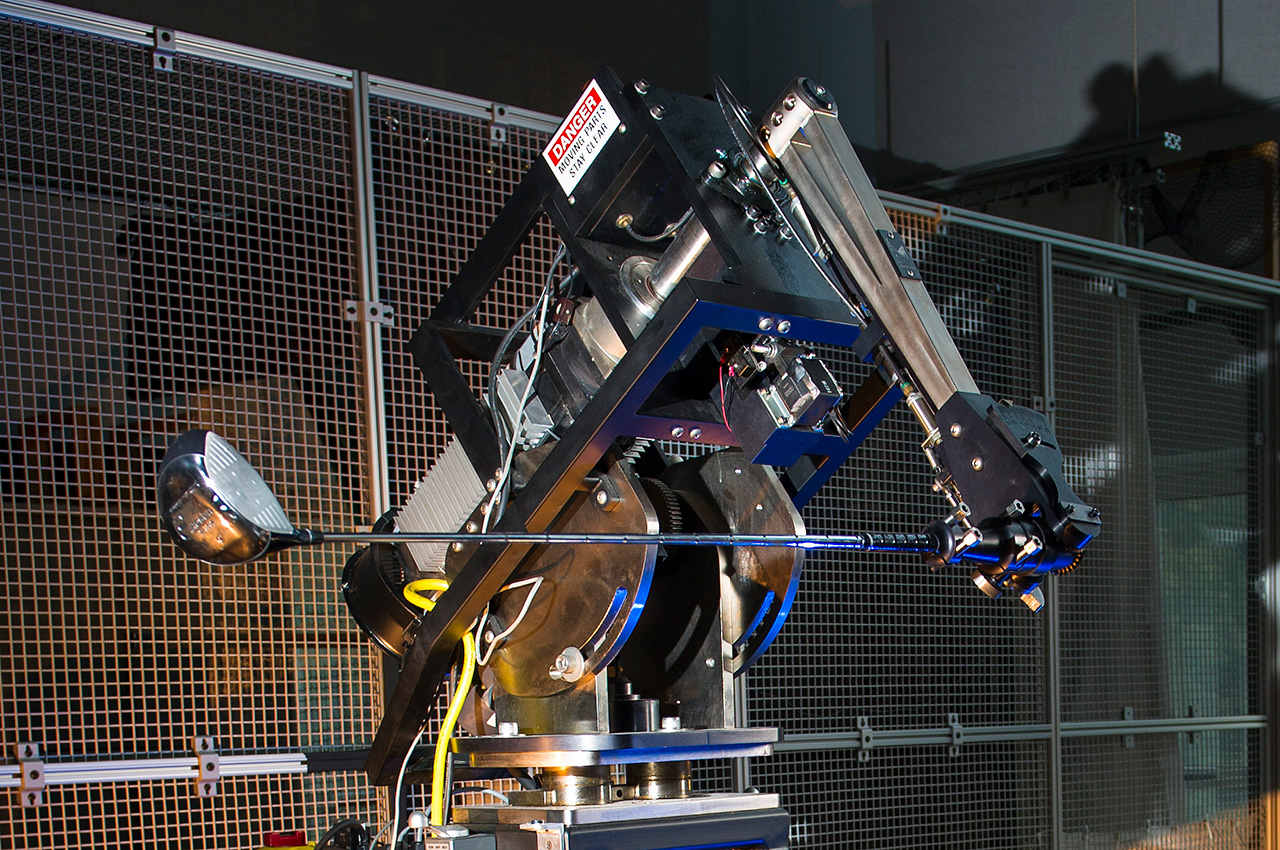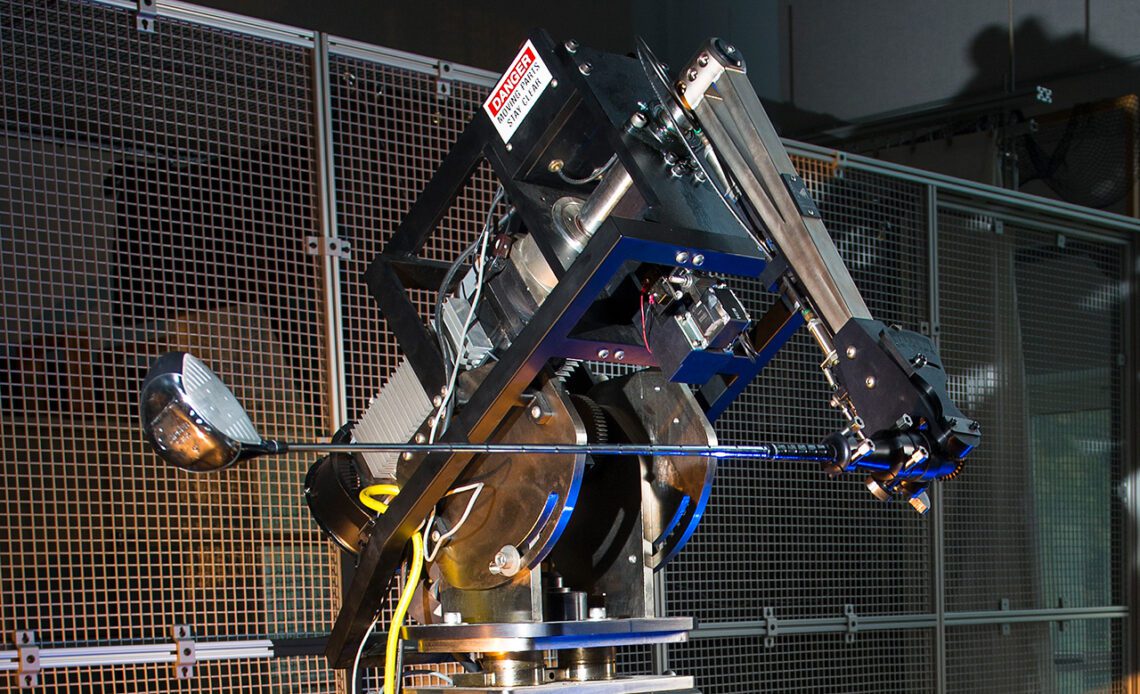In an announcement nearly four years in the making, the United States Golf Association and the R&A, golf’s governing bodies, announced today that they are changing how golf balls will be tested for conformity to reduce the effects of distance in the sport.
Starting in 2028, for a golf ball to be deemed conforming and be legal for play, it will be tested using a robot that swings a titanium club at 125 mph and hits the ball on an 11-degree launch angle with 2,200 rpm of spin. The shot can not exceed the Overall Distance Standard (ODS) of 317 yards of combined carry distance and roll (with a 3-yard tolerance).
Currently, balls are at 120 mph with a launch angle of 10 degrees and 2,520 rpm of backspin, so the change increases the robot’s clubhead by 5 mph, increases the launch angle by 1 degree and decreases the spin rate by about 300 rpm.
| Current test conditions | New test conditions | Change |
| 120 mph clubhead speed | 125 mph clubhead speed | 5 mph clubhead speed |
| 10-degree launch angle | 11-degree launch angle | 1-degree launch angle |
| 2,520 rpm of spin | 2,200 rpm of spin | 320 rpm of spin |
Nearly every golf ball being sold today – including the Titleist Pro V1, Callaway Chrome Soft, TaylorMade TP5, Bridgestone Tour B and Srixon Z-Star – would go too far and fail the new test because manufacturers design their balls to go right to the current distance limits. Increasing the test speed by 5 mph and hitting shots at low spin rates and higher launch angles would make all of today’s balls go too far and become non-conforming.
Balls that had previously been legal but failed the new test will be removed from the Conforming Ball list, making them illegal for official play starting Jan. 1, 2028.

The USGA’s golf robot swings a test club at exactly the speed technicians want. (USGA)
According to Thomas Pagel, the USGA’s chief governance officer, using golf balls that pass the new test will result in a loss of distance, with the fastest-swinging players being affected the most and recreational golfers being affected the least.
“The longest players, which means those generating ball speeds of 183 mph or higher, are going to lose 13 to 15 yards [with their driver],” Pagel said. “The average PGA Tour player and elite male, like a college player, would lose closer to 9 or 11 yards. LPGA players, given their clubhead speed, we’re looking at 5 to 7 yards. And recreational golfers, we’re talking about 5 yards or less.”
Only 10 players ended last…
..
Click Here to Read the Full Original Article at Golfweek…
